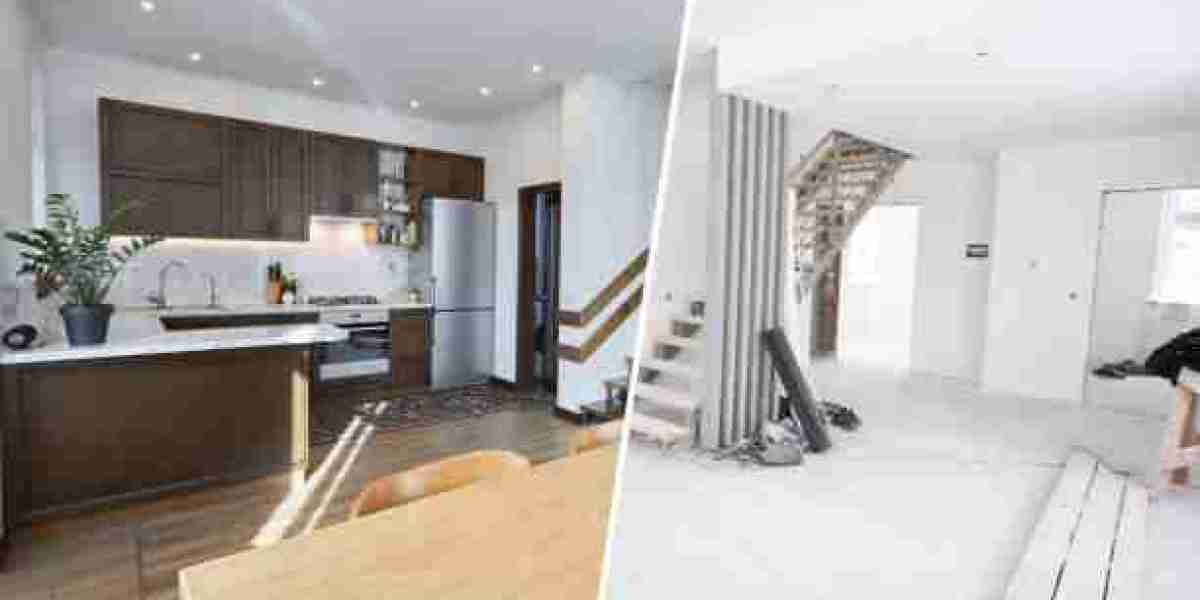In today’s fast-paced, performance-driven world, the quality of a workspace can make or break employee satisfaction and efficiency. At LLA Designer, we understand that interior architecture is more than just aesthetics—it’s a strategic tool to influence mood, productivity, and overall workplace well-being.
The Psychological Impact of Interior Architecture
Interior architecture directly affects the psychological state of employees. Elements such as spatial layout, lighting, acoustics, color palette, and materials can either stimulate or suppress mood. A well-structured environment that aligns with human-centric design principles promotes a sense of calm, motivation, and focus.
For instance, open-plan layouts can encourage collaboration and communication, but without thoughtful zoning and acoustic design, they can also lead to distractions. A balanced approach that includes quiet zones, breakout spaces, and private meeting rooms offers a more adaptable and inclusive workspace.
Color Theory and Emotional Influence
Color is one of the most powerful tools in interior architecture. Different hues trigger different emotional and physiological responses. Blue tones are known to promote calm and concentration, making them ideal for analytical and administrative areas. Warmer tones like yellow and orange can spark creativity and energy, well-suited for brainstorming zones or creative departments.
Neutral tones, when paired with natural textures and biophilic elements, can instill a sense of balance and stability—key for reducing stress and improving long-term focus.
Lighting Design and Circadian Rhythm
Lighting has a profound impact on human circadian rhythms and productivity. Natural light is ideal—it boosts mood, supports vitamin D synthesis, and helps maintain healthy sleep cycles. A well-designed interior integrates large windows, glass partitions, and strategically placed workstations to maximize daylight exposure.
In the absence of natural light, dynamic artificial lighting that mimics daylight patterns can maintain energy levels throughout the day. Task lighting should also be adjustable, supporting various work activities and personal preferences.
Ergonomics and Spatial Functionality
Effective interior architecture considers human movement and comfort. Ergonomic furniture, adjustable desks, and accessible layouts reduce physical strain and support better posture. These features not only minimize discomfort and health issues but also increase task engagement.
The spatial arrangement should encourage movement and interaction while minimizing unnecessary traffic and bottlenecks. Integrating flexible furniture and modular zones allows the workspace to adapt to changing team needs and promotes a sense of autonomy.
Biophilic Design: Bringing Nature Indoors
Biophilic design integrates natural elements such as plants, natural light, water features, and organic materials into the workspace. Research has shown that biophilic environments reduce stress, enhance cognitive performance, and improve air quality.
Simple interventions like indoor gardens, green walls, or wooden textures create a more inviting and calming atmosphere. These features are particularly important in high-stress environments and can make a measurable difference in employee morale.
Acoustic Comfort and Noise Control
Acoustics are often overlooked but are critical in shaping workplace experience. Excessive noise contributes to stress, fatigue, and loss of concentration. Interior architecture that incorporates acoustic panels, sound-absorbing materials, and thoughtful spatial zoning can dramatically improve the soundscape of a workplace.
Creating a variety of acoustic environments—from quiet rooms to collaborative lounges—gives employees the flexibility to choose the most productive setting for their tasks.
The Role of Procurement in Interior Projects
Procurement plays a crucial role in transforming design concepts into functional spaces. Sourcing the right materials, furnishings, and technology solutions ensures that the design vision is executed with quality and consistency. It’s also vital for staying within budget and timeline constraints, particularly for large-scale commercial projects.
A streamlined procurement strategy, aligned with design intent and user needs, supports a cohesive and successful interior architecture outcome.
Designing for Culture and Identity
Interior architecture also communicates organizational culture and brand values. Thoughtful design can reinforce identity, promote inclusivity, and foster community. For example, incorporating local art, customized color palettes, or thematic zones can instill a sense of pride and belonging among employees.
Spaces that align with company values—whether innovation, collaboration, or sustainability—encourage employees to connect more deeply with their work and organization.
Final Thoughts
Interior architecture is not just a backdrop; it’s an active participant in workplace dynamics. By carefully crafting the physical environment, companies can enhance mood, elevate productivity, and nurture a healthier, happier workforce.
LLA Designer specializes in creating workspaces that blend form and function to deliver measurable results. From planning to procurement, our holistic approach ensures that every element of design contributes to a vibrant, high-performing workplace.




